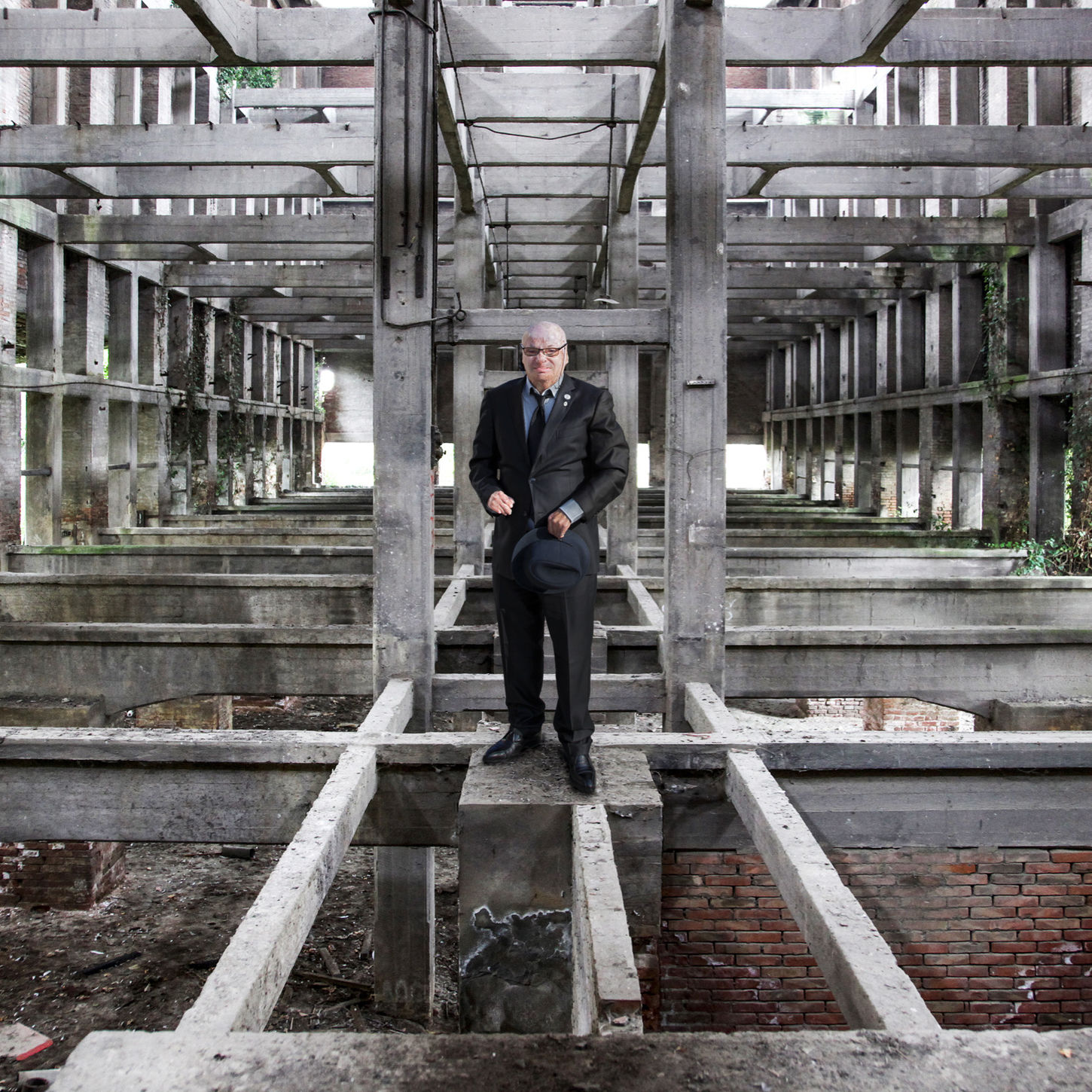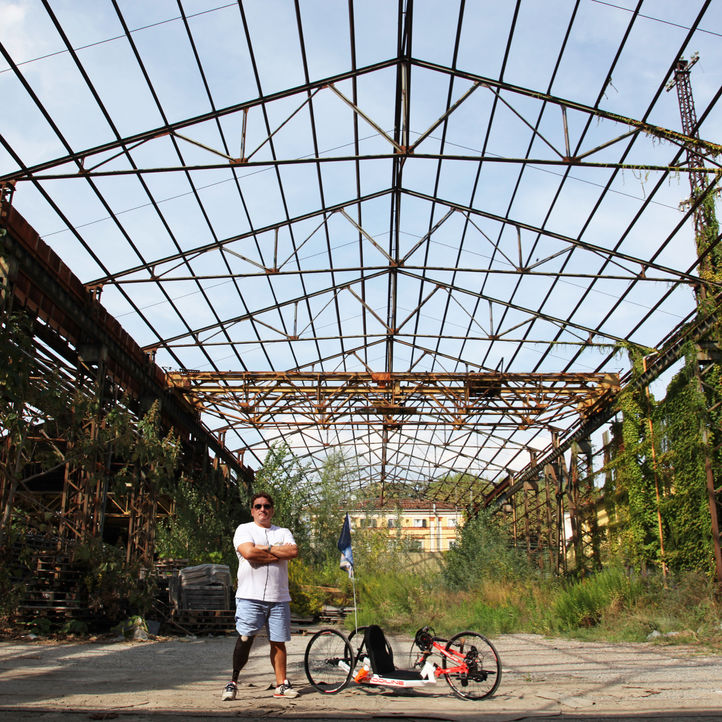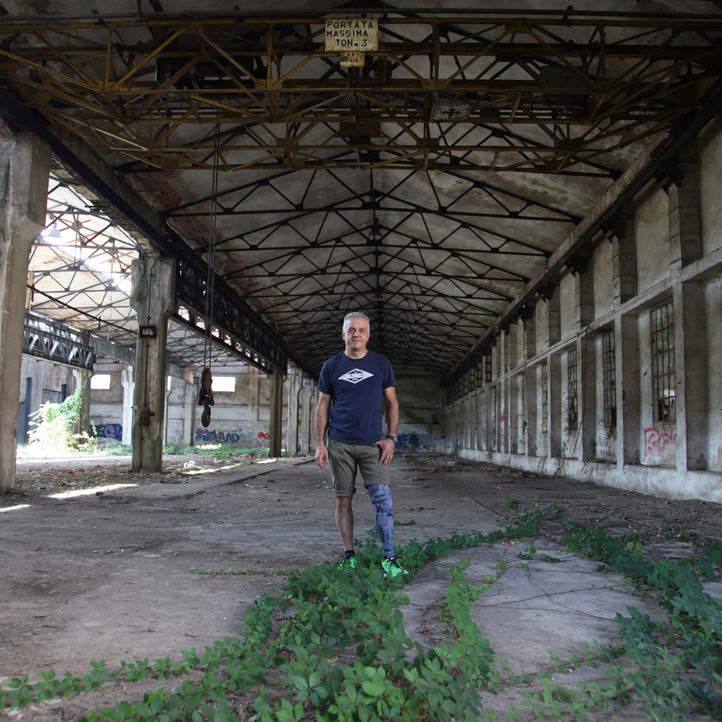SOPRAVVISSUTI
“Sopravvissuti” è il nuovo progetto di Mauro Moriconi: una serie fotografica di 10 opere che raccontano la storia di persone che, nonostante la mutilazione fisica riportata a seguito di un incidente traumatico subìto sul luogo di lavoro, si sono incredibilmente salvate. L’interesse per questa tematica – spiega Moriconi- è nato non solo per l’attenzione sollevata dai media relativamente ai rischi della mancata sicurezza nello svolgimento di determinate professioni, ma anche a seguito della visione di un documentario su Pasquale Padovano, unico sopravvissuto all’apocalisse di Linate del 2001. A toccare emotivamente l’artista e a incuriosirlo è stata la grande forza con cui Padovano ha reagito, non solo alla combustione del corpo investito da un fiume di carburante infuocato, ma anche al trauma psicologico per aver sfiorato la morte.
Le potenzialità espressive e reattive del corpo e la sua trasformazione - naturale o chirurgica - erano già state oggetto di riflessione dell’artista lucchese. Ricordiamo, ad esempio, alcuni personaggi come la donna cannone, la transessuale, la contorsionista e l’uomo tatuato ritratti nella loro dimensione esistenziale e metaforica, stilemi che ricordano la ricerca condotta su certi soggetti dal fotografo statunitense Joel Peter Witkin, sul cui lavoro Moriconi ha talvolta stabilito un proficuo dialogo.
La nuova serie di scatti, ambientata in Toscana tra Firenze e Lucca, si pone dunque pienamente in continuità con i lavori precedenti. Identica è la tecnica di realizzazione dell’opera -incisione su alluminio- così come la scelta dell’ambientazione in luoghi abbandonati o fatiscenti. Stavolta, tuttavia, vengono privilegiati gli interni di quelli che un tempo erano storici luoghi di lavoro, ormai in disuso: il cotonificio Cantoni, la Società mineraria Montecatini, le cucine dell’ex manicomio di Maggiano. Le scelte non sono casuali, bensì dettate da un’accurata selezione di spazi in grado di potenziare la tridimensionalità creata dal contrasto luci-ombre, oltre che dalla presenza di elementi dell’architettura industriale particolarmente significativi come il lucernario della fabbrica Cantoni.
La ricerca di un’accentuata prospettiva centrale drammatizza e focalizza l’attenzione sul soggetto, la cui menomazione non è subito evidente. Degli eroici sopravvissuti emergono piuttosto la loro pacata fierezza, la loro forza e un certo spirito di rivalsa nei confronti dell’ambiente decadente e disumanizzato che li circonda, foriero di oscure minacce. Le figure epiche contemporanee dei sopravvissuti di Moriconi sono dunque portatrici di un doppio messaggio, una doppia denuncia sociale e ambientale che richiama l’attenzione sulla sicurezza da garantire ai lavoratori e sulla tutela e salvaguardia dei luoghi di lavoro.
Paola Martini









